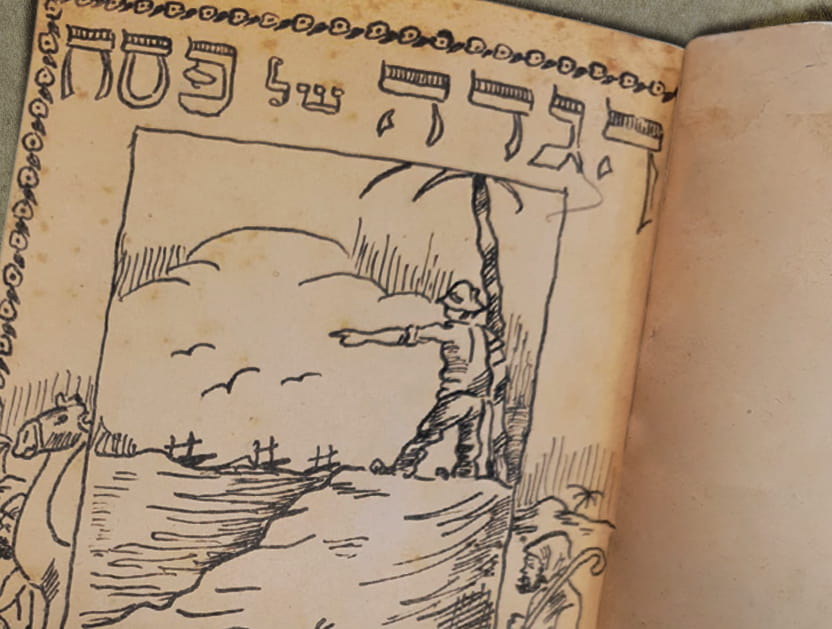The marriage plot
להגדלת הטקסט להקטנת הטקסט- ספר
For nineteenth-century Eastern European Jews, modernization entailed the abandonment of arranged marriage in favor of the "love match." Romantic novels taught Jewish readers the rules of romance and the choreography of courtship. But because these new conceptions of romance were rooted in the Christian and chivalric traditions, the Jewish embrace of "the love religion" was always partial. In The Marriage Plot, Naomi Seidman considers the evolution of Jewish love and marriage though the literature that provided Jews with a sentimental education, highlighting a persistent ambivalence in the Jewish adoption of European romantic ideologies. Nineteenth-century Hebrew and Yiddish literature tempered romantic love with the claims of family and community, and treated the rules of gender complementarity as comedic fodder. Twentieth-century Jewish writers turned back to tradition, finding pleasures in matchmaking, intergenerational ties, and sexual segregation. In the modern Jewish voices of Sigmund Freud, Erica Jong, Philip Roth, and Tony Kushner, the Jewish heretical challenge to the European romantic sublime has become the central sexual ideology of our time.
| כותר |
The marriage plot : or how Jews fell in love with love, and literature / Naomi Seidman. / Naomi Seidman. |
|---|---|
| מוציא לאור |
Stanford, California : Stanford University Press |
| שנה |
2016 |
| הערות |
Includes index. English |
| הערת תוכן ותקציר |
Front matter -- Contents -- Acknowledgments -- Introduction: Plotting Jewish Marriage -- 1. A Sentimental Education -- 2. Matchmaking and Modernity -- 3. Pride and Pedigree -- 4. The Choreography of Courtship -- 5. In-Laws and Outlaws -- 6. Sex and Segregation -- Afterword: After Marriage -- Notes -- Index -- STANFORD STUDIES IN JEWISH HISTORY AND CULTURE |
| סדרה |
Stanford Studies in Jewish History and Culture |
| היקף החומר |
1 online resource (368 pages). |
| שפה |
אנגלית |
| שנת זכויות יוצרים |
©2016 |
| מספר מערכת |
997010721061905171 |
תצוגת MARC
תגיות
- Jewish literature 20th century History and criticism.
- Jewish literature 19th century History and criticism.
- Jewish marriage customs and rites History.
- Marriage customs and rites in literature.
- Love in literature.
- Sex in literature.
- Jews Marriage customs and rites
- nne Marriage customs and rites, Jewish
- Jews Literature
- Judaica
יודעים עוד על הפריט? זיהיתם טעות?

 כניסה עם גוגל
כניסה עם גוגל
 כניסה עם פייסבוק
כניסה עם פייסבוק



